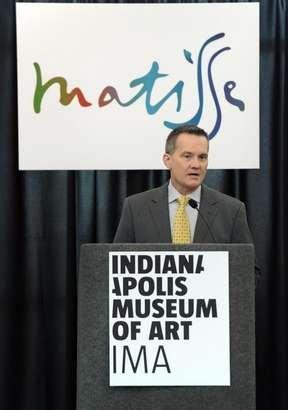 As predicted here last week, mostly by my commenters, the Indianapolis Museum of Art announced deep personnel cuts today. According to the press release, this “strategic restructuring” involved “an 11% reduction in personnel” at the museum:
As predicted here last week, mostly by my commenters, the Indianapolis Museum of Art announced deep personnel cuts today. According to the press release, this “strategic restructuring” involved “an 11% reduction in personnel” at the museum:
…Eight open positions will not be filled, while 19 full-time positions and two part-time positions were eliminated across all departments of the Museum.
Among those losing their jobs, I understand, are a registrar, an art handler with a 30-year tenure, the chief photographer who’s been there 20 years, one curatorial assistant, and — soon — members of the conservation staff. Savings, once severance is digested, an estimated $1.7 million a year.
The museum also said that it will henceforth place “a greater emphasis on donated and earned revenue” and less on the endowment. In recent years, the museum has depended on it endowment to fund more than 70% of its operating budget.
I agree, 70% from endowment is too much. The museum’s director, Charles Venable says it should not top 50%. That’s not a bad goal. (For more discussion of what’s optimal, see this post on the Peabody Essex Museum.)
The question is always how the museum increases earned income. Mounting “popular” exhibitions purely to draw big crowds rarely works. It cannot be sustained, the museum tends to lose some core visitors, and costs mount to do the big shows.
That’s my early thinking on this.
UPDATE: I’ve reread the press release carefully, and in it, Venable announces a shift in focus to more audience-centered thinking about programming and including two minor moves: the relocation of “the welcome desk to the Efroymson Family Entrance Pavilion and a shift in training for the Gallery Guards to become Gallery Guides are meant to create a more welcoming atmosphere.”  Basically, he is saying “stay tuned.” The museum is using audience research to tell it what to do. I predict rough days ahead. Audiences are fickle. It’s best to pay some attention, perhaps, but to do what you (the expert) know is right.
Photo Credit: Courtesy of the Indianapolis StarÂ
